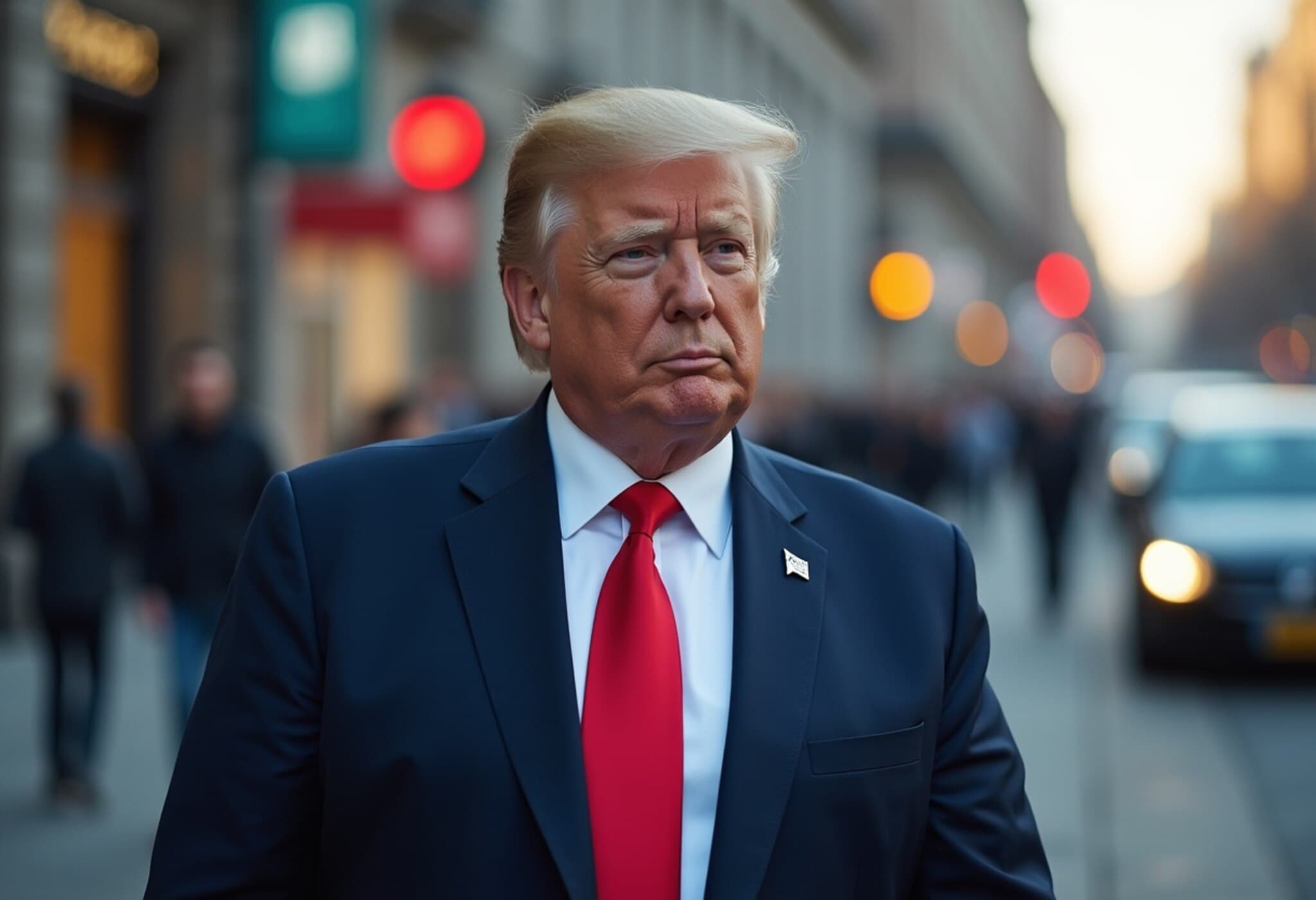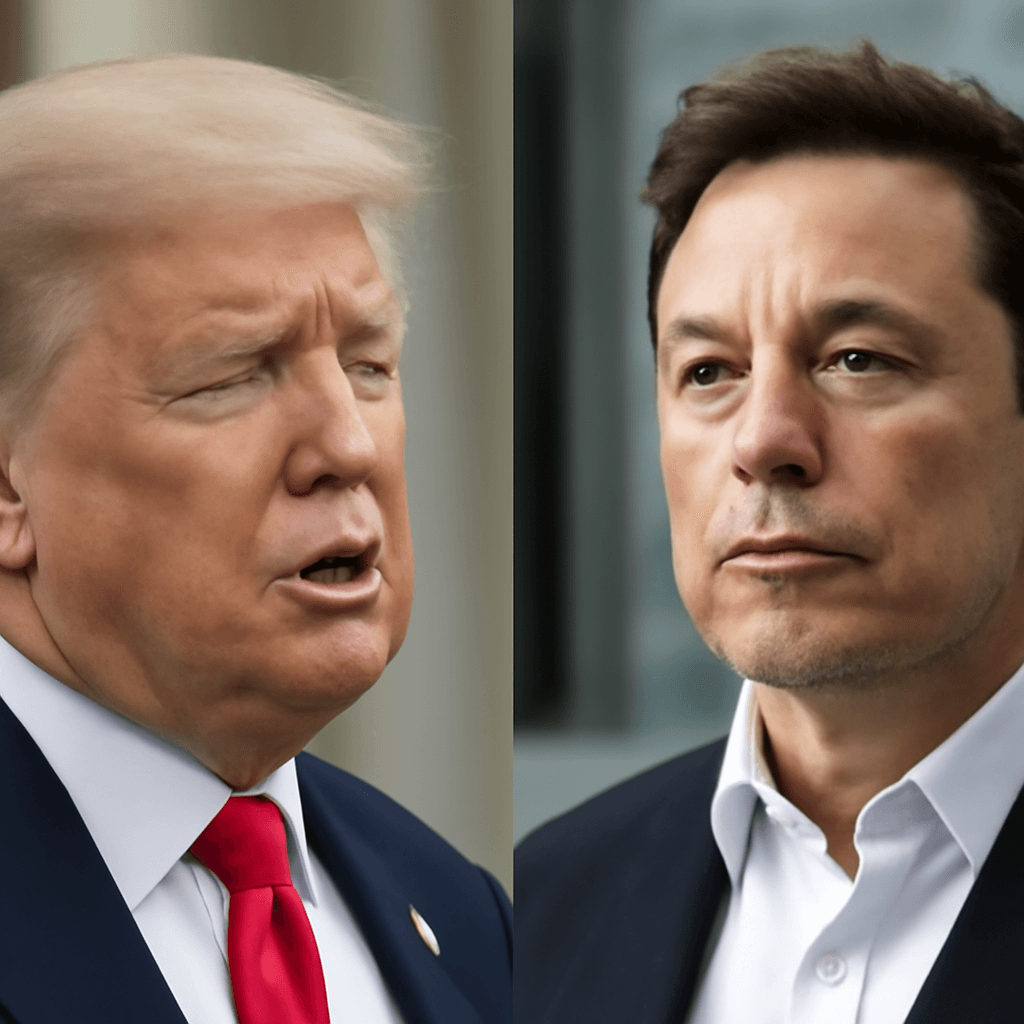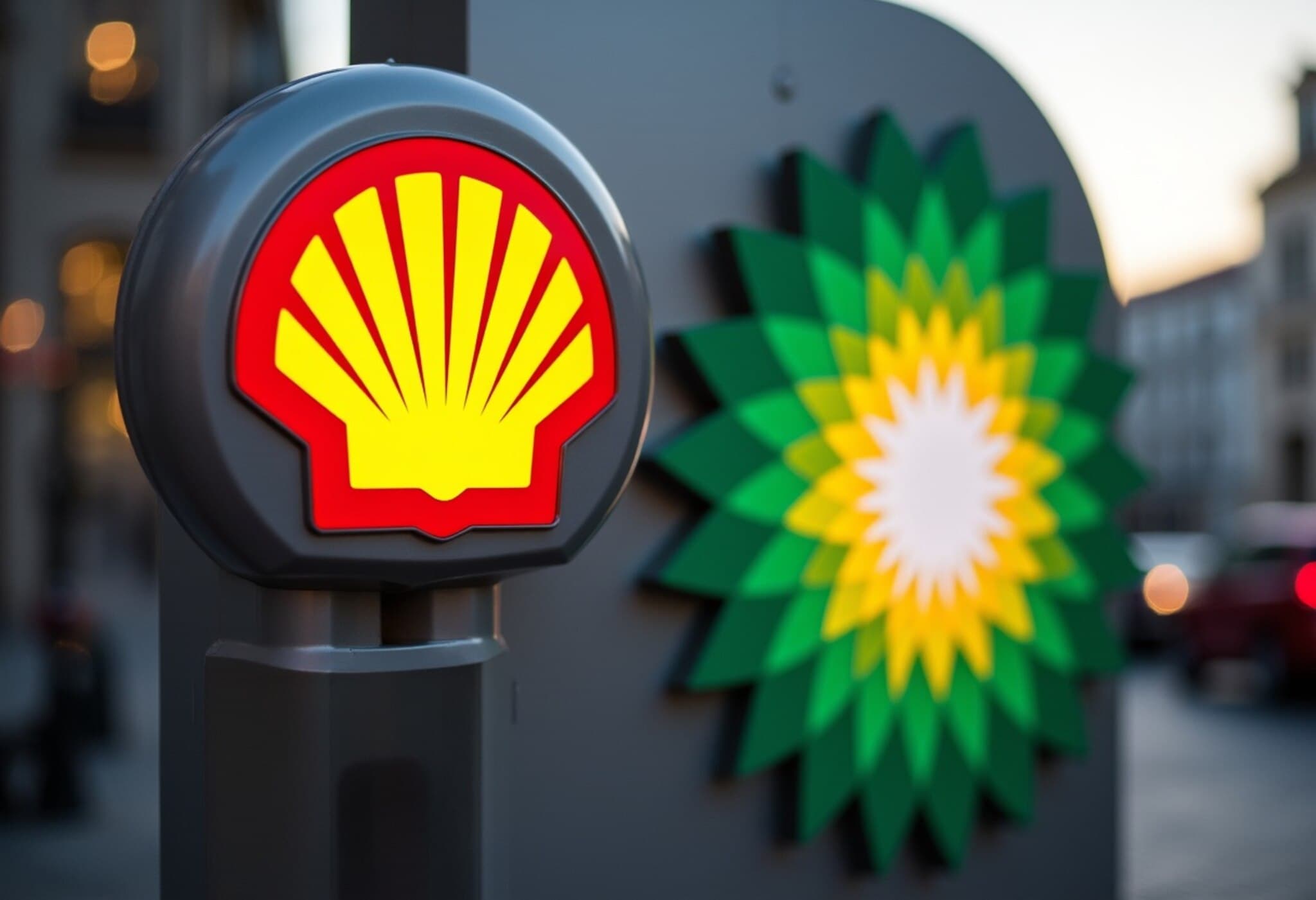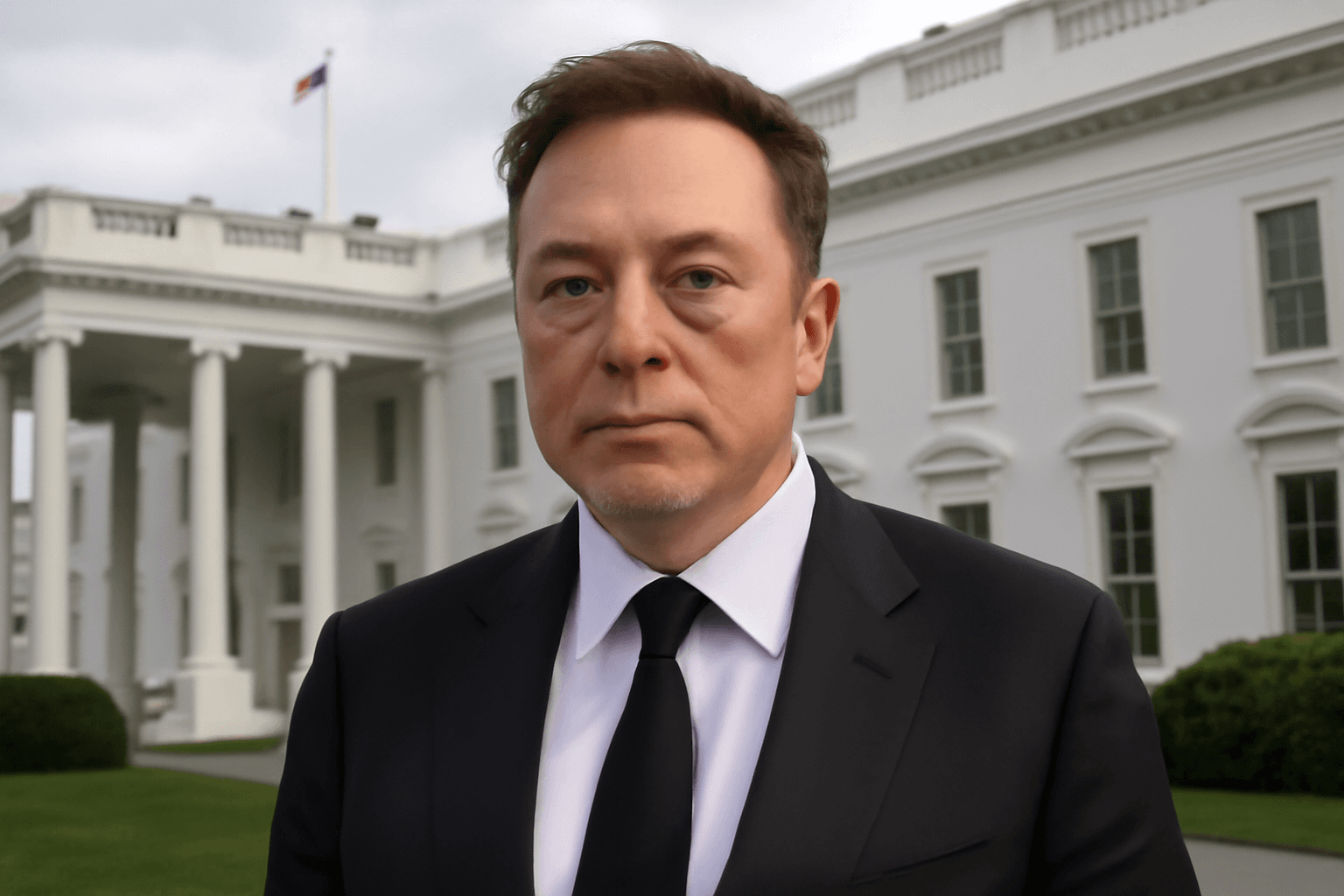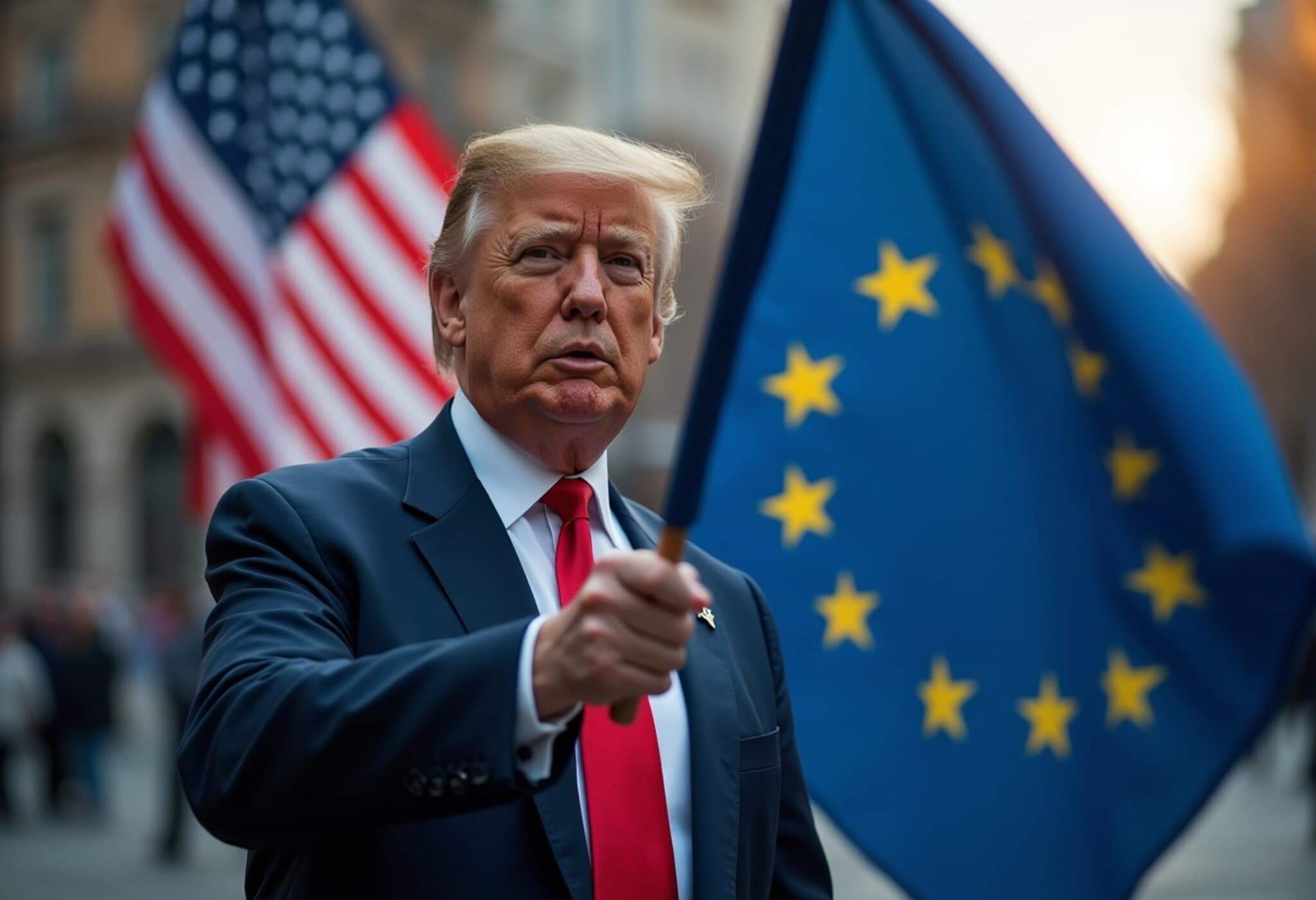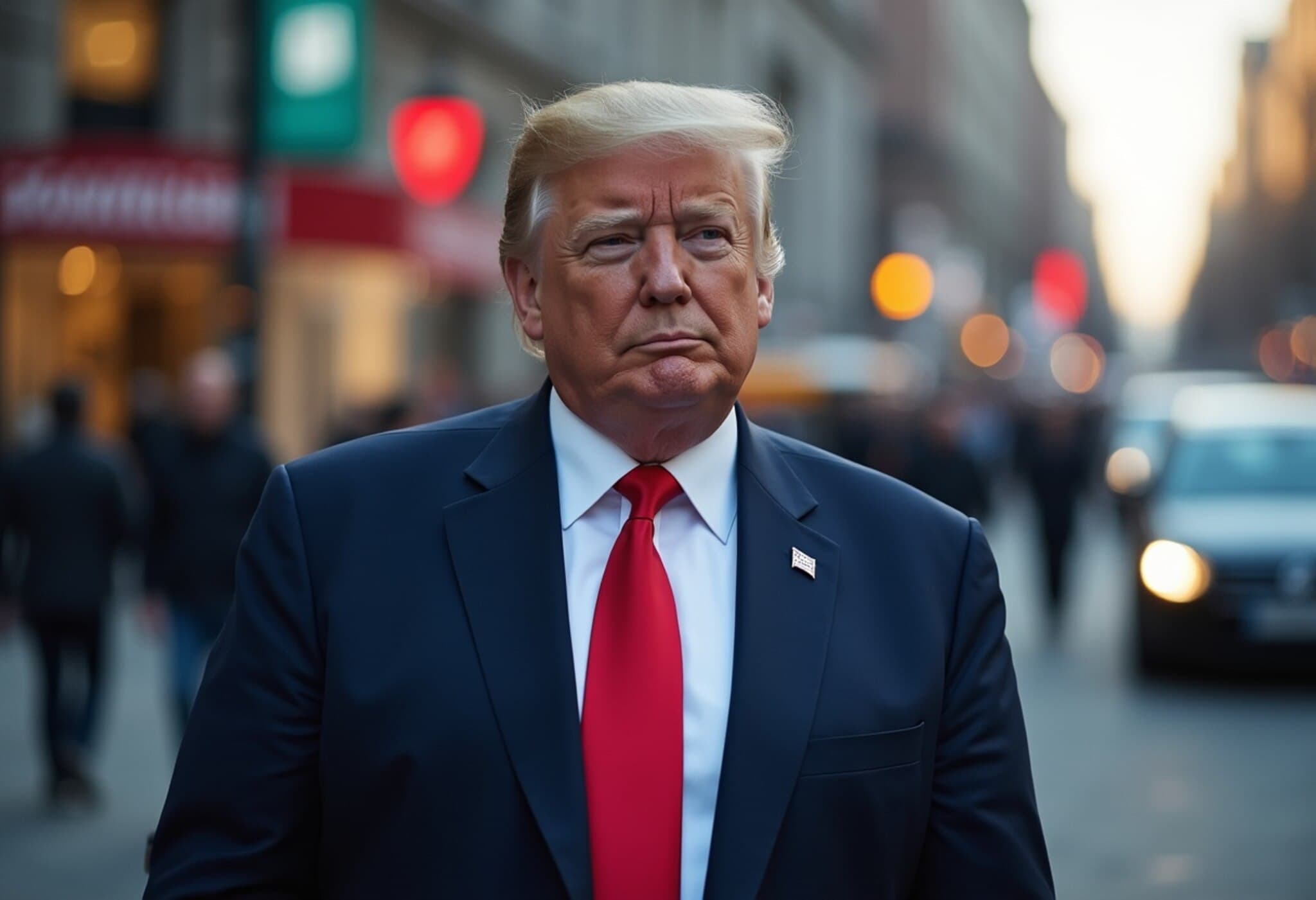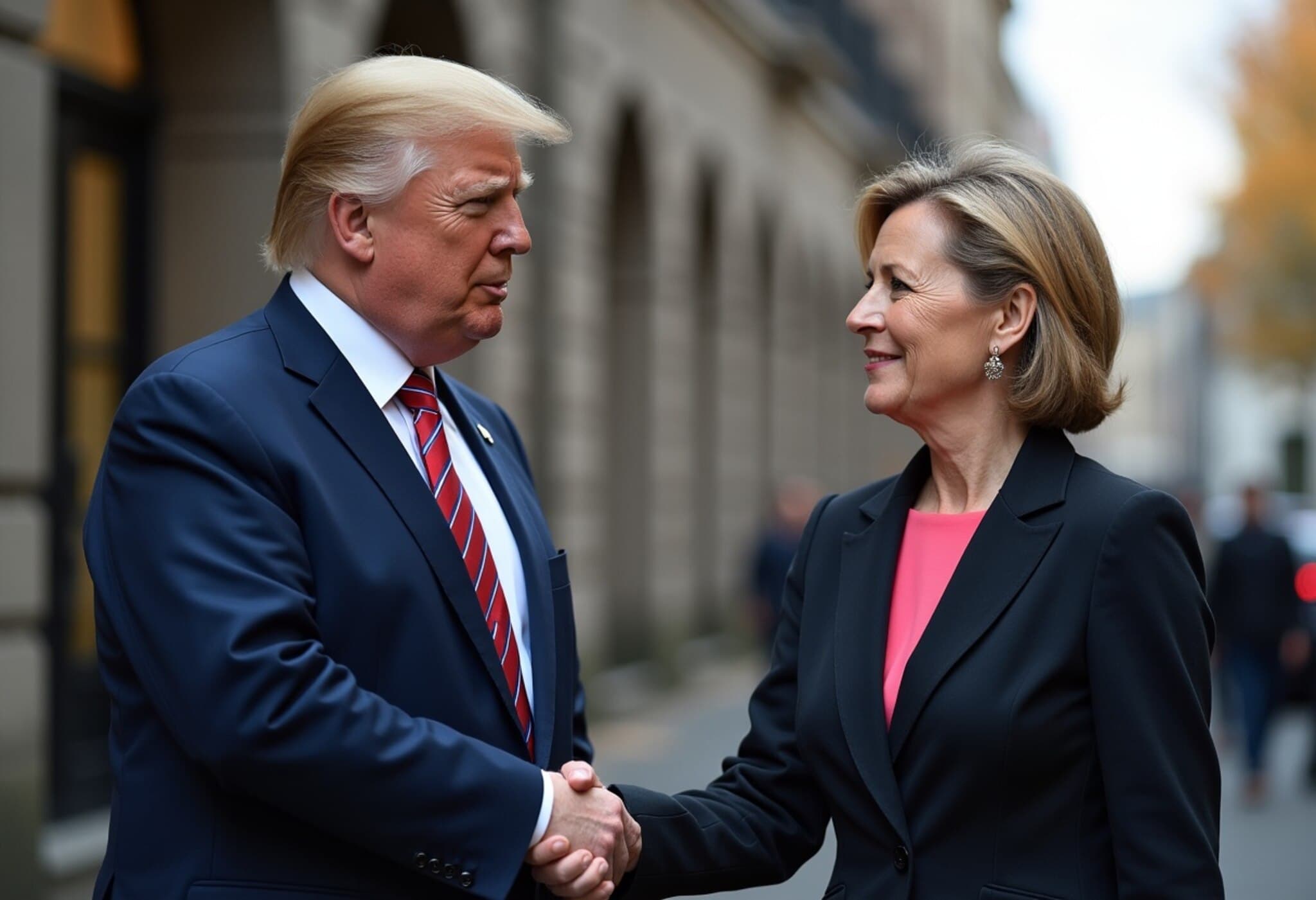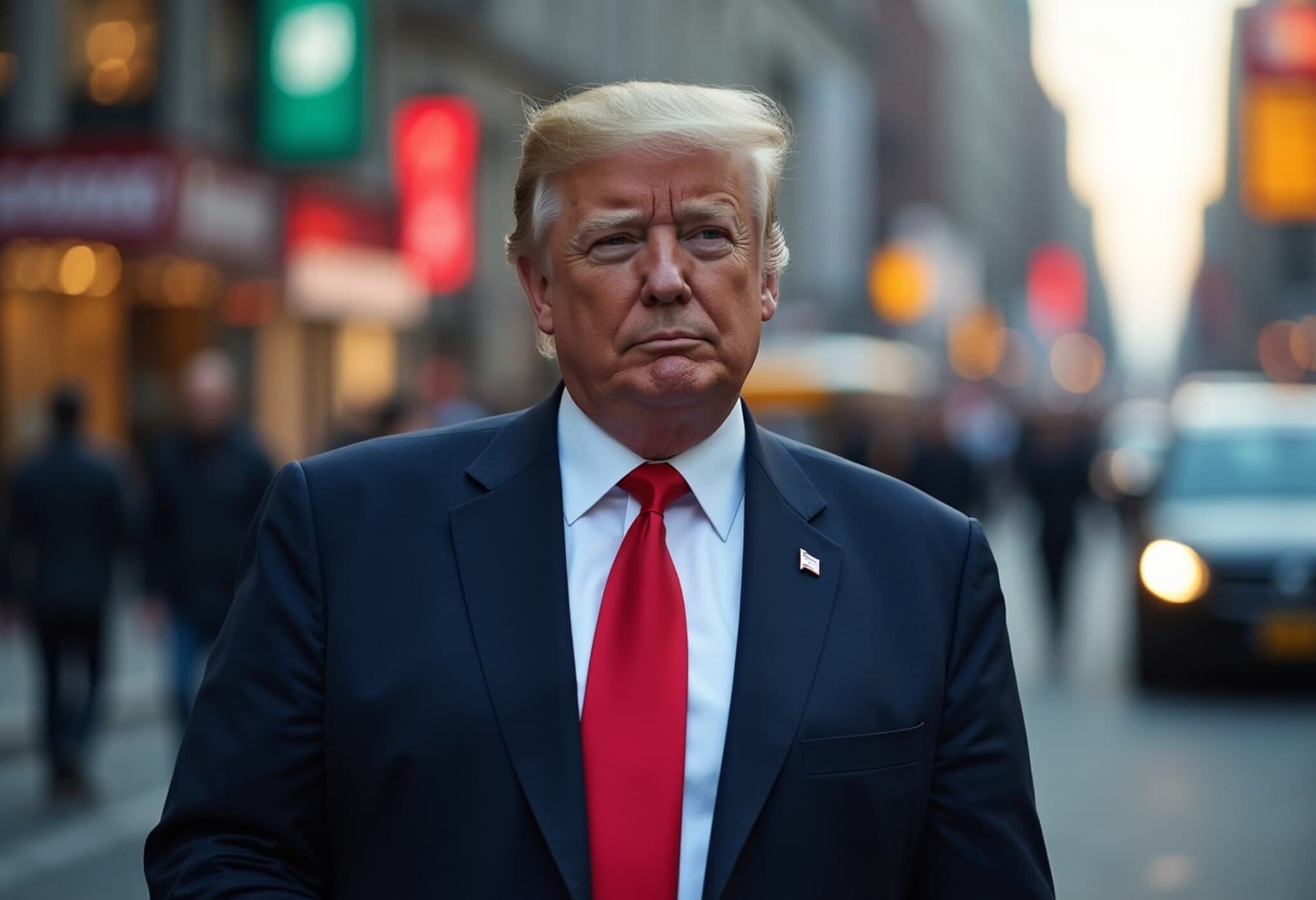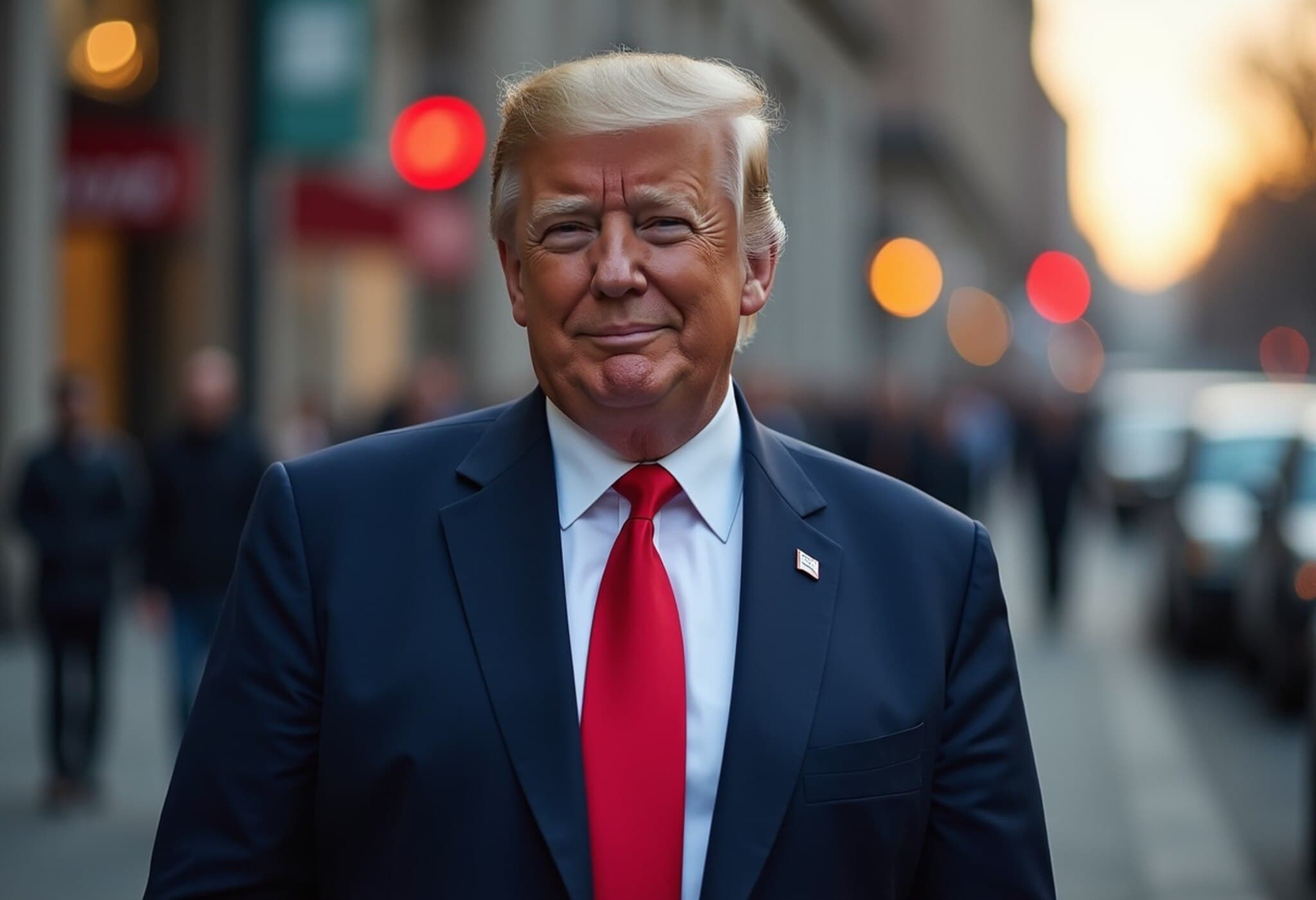Trump Champions EU’s $750 Billion Energy Commitment—but Experts Remain Skeptical
In a recent CNBC interview, former U.S. President Donald Trump highlighted the European Union’s ambitious pledge to purchase $750 billion worth of American energy over three years as a stepping stone toward revitalizing the U.S. economy. Trump portrayed the agreement as a landmark win, tying it to broader trade deals with the EU and Japan that he said would inject trillions into U.S. investments.
The Bigger Picture: Trump’s Trade Triumphs
Trump referenced a $550 billion signing bonus from Japan and underscored the EU’s commitment as integral to restoring American economic strength. “They’re going to put up $750 billion. We're a rich country again,” Trump asserted. This upbeat narrative coincided with a fresh trade framework imposing a 15% tariff ceiling on most EU goods—down from the 30% tariff threat, yet above the EU’s preferred 10% mark.
What’s Really in the Deal?
The EU openly expressed intent to invest $600 billion across sectors by 2029 and to significantly boost imports of U.S. liquefied natural gas (LNG), crude oil, and nuclear products. The goal is clear: diversify away from Russian energy dependency and strengthen transatlantic ties. Commission President Ursula von der Leyen hailed it as a “good deal,” emphasizing the mutual commercial opportunities involved.
Expert Voices Shed Light on Reality
Despite the political fanfare, energy analysts and policy experts express reservations. Emre Peker, Europe Director at Eurasia Group, cautions against reading Trump’s characterization as literal. He notes that the $600 billion investment pledge and the $750 billion energy purchase target are far from guaranteed, especially as a “gift” for broad reinvestment.
“The real test will be showing progressive growth in EU energy purchases and investments in the U.S.,” Peker explained. When translated to current market figures, even if the EU purchased all available U.S. crude, LNG, and coal exports at prevailing prices, the total caps at around $170 billion annually—significantly less than the $250 billion annual target implied.
Market Dynamics and Supply Constraints
Simone Tagliapietra, senior fellow at Brussels-based think tank Bruegel, highlighted both demand and supply hurdles. “Tripling U.S. energy exports to Europe within three years is unlikely,” he wrote on LinkedIn. On the demand side, European energy companies make import decisions based on complex market factors beyond political agreements. Moreover, expanding U.S. export capacity for LNG, oil, and nuclear fuel entails infrastructure developments that are unlikely to materialize rapidly enough.
Is the EU’s Ambition Sustainable?
Ana Maria Jaller-Makarewicz, lead energy analyst at the Institute for Energy Economics and Financial Analysis (IEEFA), calls the EU pledge a negotiating maneuver rather than a fully realizable forecast. While LNG imports from the U.S. have surged, reaching a peak of 60.7 billion cubic meters in 2023, she questions how much further imports can rise within realistic supply limits.
- Current EU LNG imports from the U.S. have demonstrated volatility but overall growth.
- Meeting the $250 billion yearly energy purchase requires about 70% of EU energy imports to come from the U.S., challenging supply security.
Tariff Tensions and Trade Leverage
Trump warned that failure by the EU to meet investment targets could trigger punitive tariffs of up to 35%. Yet, the European Commission emphasized that its commitments stem from consultations with industry and remain non-binding, reflecting the delicate nature of negotiation in energy geopolitics.
The Larger Context: U.S.-EU Trade Relations
This deal exemplifies the broader landscape of U.S.-EU trade during a period of geopolitical realignment. Energy trade stands as a critical wedge in balancing transatlantic interests amid challenges from Russia’s energy war and evolving global supply chains.
Conclusion: Aspirations vs. Market Realities
While political leaders brandish impressive figures that symbolize robust partnerships, market realities and infrastructure constraints suggest that actual outcomes will be more measured. The success of the $750 billion energy deal depends on tangible increases in U.S. energy exports and meaningful European investments—not just headline-grabbing numbers.
Editor’s Note
The EU’s ambitious energy purchases from the U.S. reflect urgent efforts to recalibrate energy security and trade alliances, but critical questions loom: Can supply chains and demand patterns realistically support such a dramatic scale-up? How will these economic maneuvers reshape transatlantic relations amid shifting geopolitical tides? Ongoing scrutiny and transparency will be key to distinguishing symbolic gestures from substantive progress in this complex energy diplomacy.

